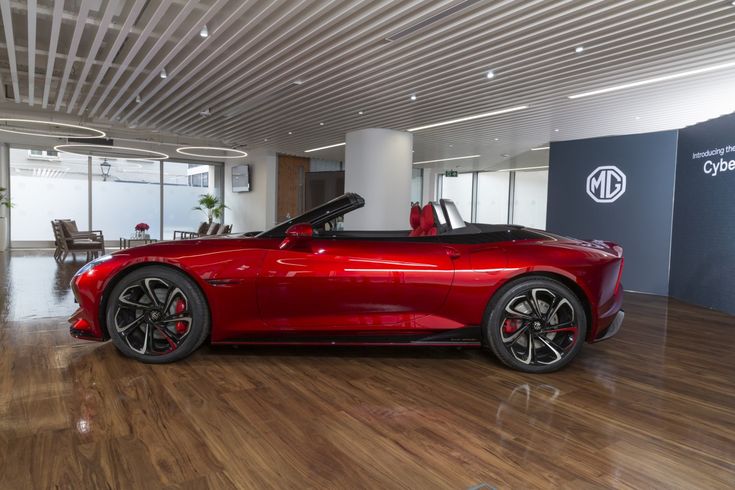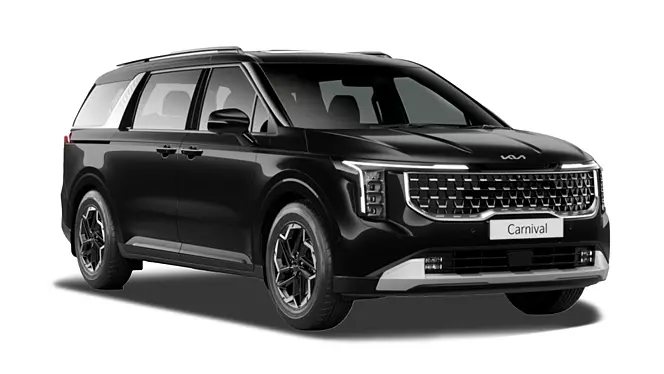Teased earlier this month, Suzuki finally unwrapped the covers off the much-awaited Swift. While the ‘Concept’, as called by the Japanese carmaker, looks production-ready, the carmaker has yet to confirm the final iteration of the hatchback slated for launch next year.
Exterior
A new honeycomb-design grille finished in piano black and renewed LED headlights and fog lamps give the front fascia a sportier stance. Side character lines continue to sit above the new tail lamps. The ‘floating roof’ design is retained but lacks a sunroof.

With new doors, the rear door handle is placed in the conventional place (like the 1st and 2nd generations) and not the C-pillar. Besides this, dual-tone alloys will also be offered with higher trims. Notably, the fenders and the boot have a ‘Hybrid’ badge but India will be getting a petrol-only powertrain, reports said.
Interior
The interior comes with a black and beige shade inspired by the Brezza and the Fronx, with bits like the push button start/stop, steering wheel, semi-digital instrument cluster and HVAC controls to name a few. A bigger 9-inch touchscreen infotainment system is also planned.
However, the global Swift will also get a 360-degree camera and a slew of ADAS technologies including a driver monitoring system, dual sensor brake assistance, adaptive high beam help, and collision mitigation braking system. No other information has been shared about the safety tech.
Powertrain

Suzuki was tight-lipped on the engine and the transmissions that will be offered, however, a “high-efficiency engine that will strike a balance between driving performance and fuel efficiency”, it has said.
The naturally aspirated 1.2-litre, 4-cylinder block doing duty in the current generation produces 90 hp and 113 Nm of torque and can be bought with a 5-speed manual transmission or a 5-speed AMT.
Launch
Swift’s global launch will be happening in early 2024, while the Indian launch is expected in the second half of the year. The price for the outgoing model starts from Rs 5.99 lakh (ex-showroom), with analysts estimating a premium of Rs 30,000–50,000 for the Hyundai Grand i10 Nios rival.















 AutosXP
AutosXP 
 +91 74280 90820
+91 74280 90820


